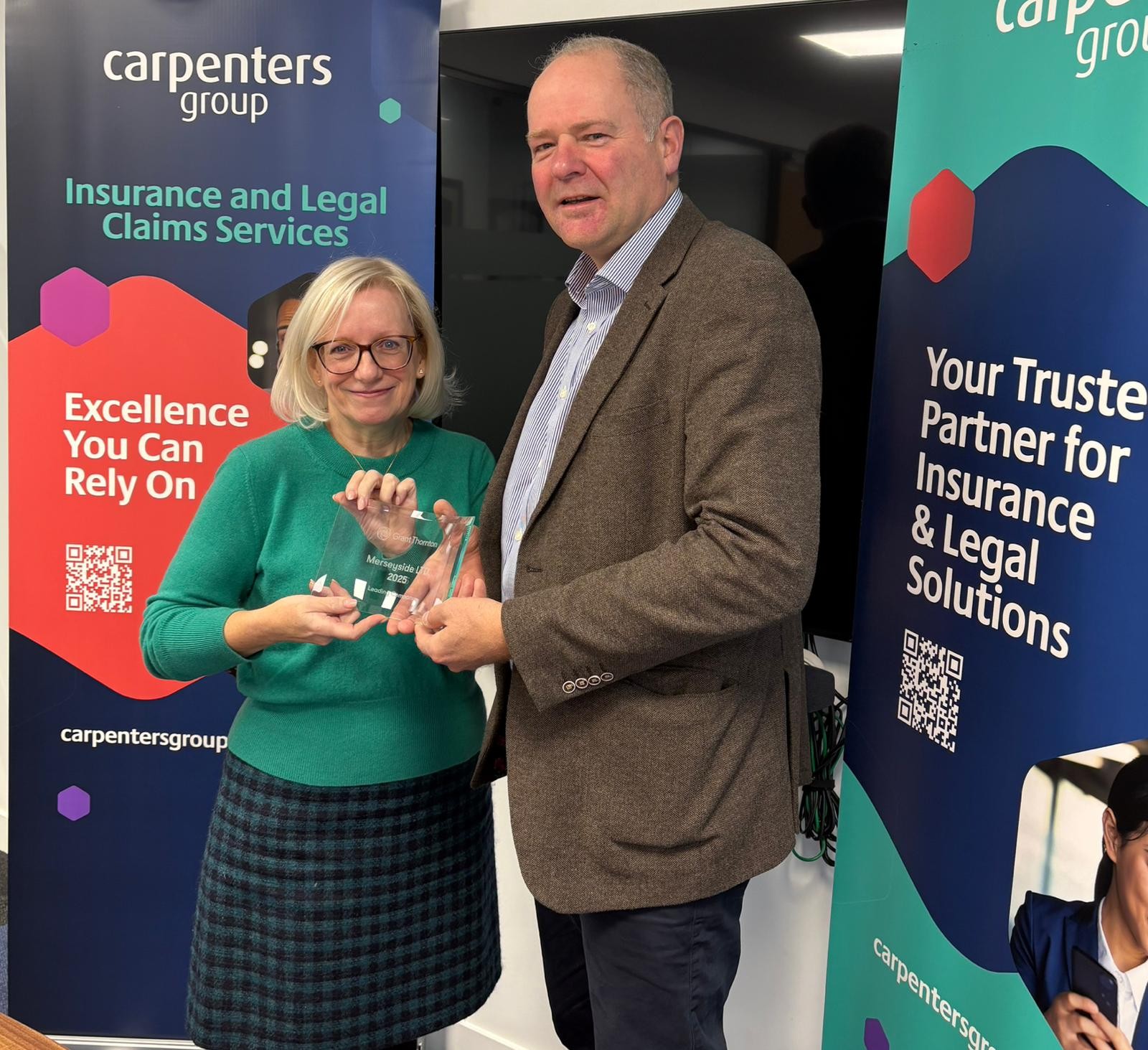With Fraud Awareness Week here, we wanted to look at the sudden rise in ghost brokers, as it makes you wonder why, and what we as an industry can take away from it. Having spent years working alongside insurers to strengthen fraud detection and customer trust, I’ve seen firsthand how fraud trends often mirror shifts in society and technology.
The impact of societal changes, and easy availability of increasingly sophisticated technology providing fraudsters the ability to rapidly create fake websites that impersonate genuine insurance businesses as well as the financial pressures people are currently under is all contributing to the rise in ghost brokers.
The current cost-of-living crisis has encouraged more opportunistic and behaviour-driven fraudsters who prey on those potentially vulnerable consumers looking to save money amidst a financial crisis. With premiums often exceeding £1,500 for young drivers it can be tempting to purchase cover that is being offered at a heavy discount when budgets are tight. Low-income groups such as gig economy workers and delivery drivers are often a primary target for these types of scams. The Insurance Fraud Bureau (IFB) has reported that the number of cases related to this type of scam has grown by over 50% in the past two years.
Social media has also made it easier for these organised fraud groups to target young people quickly and effectively. Often, consumers are completely unaware until they are asked to provide proof of cover or more seriously at the point when they really need to call their insurer at the point of claim only to find that are not actually insured. This demonstrates how modern fraud increasingly exploits moments of trust and vulnerability — something that can’t be solved by technology alone, but by understanding human behaviour.
As someone who works closely with insurers tackling these challenges every day, I see how vital it is that we don’t just react to fraud — we understand the human motivations behind it. Fraud prevention isn’t just about finding bad actors but about protecting the majority who are trying to do the right thing, ensuring that they have guidance and are legitimately covered to be on the road. As fraud evolves, so too must our approach — combining awareness, empathy, and innovative tools that help the industry build trust faster and more fairly.



